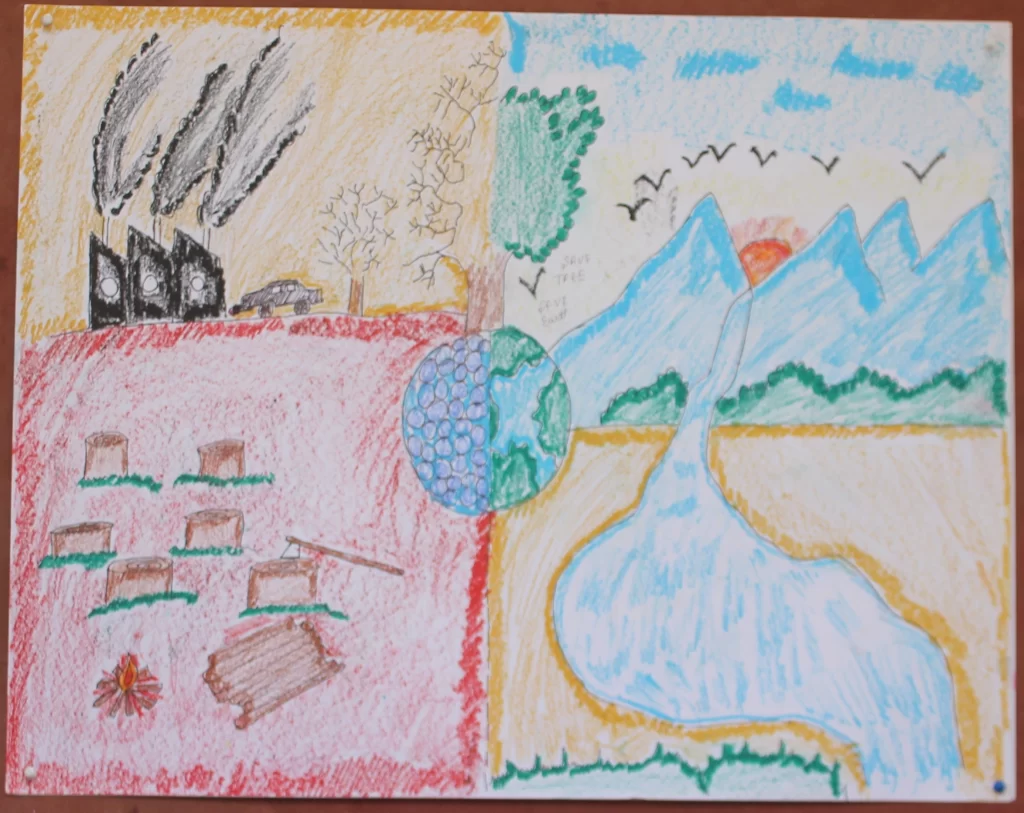Stubble Burning

Stubble burning is the practice of setting fire to the leftover stalks and stubble from harvested crops, such as rice, wheat, and sugarcane, to clear fields for the next planting season. This practice is common in many parts of the world, but it has significant negative impacts on the environment and public health.
Here are some of the negative impacts of stubble burning:
- Air pollution: Stubble burning releases large amounts of particulate matter, carbon monoxide, and other pollutants into the air, contributing to smog and poor air quality.
- Greenhouse gas emissions: Burning crop residue also releases greenhouse gases, such as carbon dioxide, into the atmosphere, contributing to climate change.
- Soil degradation: Stubble burning can damage the soil by depleting nutrients and reducing the soil’s water-holding capacity.
- Public health impacts: The smoke from stubble burning can cause respiratory problems, such as asthma, and can also cause eye irritation and other health problems.
To reduce the negative impacts of stubble burning, alternative methods of crop residue management can be used. Some examples include:
- No-till farming: This involves planting new crops without plowing the previous crop residue into the soil. The residue is left on the surface, where it decomposes and adds nutrients to the soil.
- Mulching: Mulching involves spreading crop residue on the soil surface as a natural fertilizer. This can help improve soil quality and water-holding capacity.
- Incorporating crop residue into the soil: Crop residue can be incorporated into the soil using equipment such as tillers, cultivators, or disc harrows. This can help improve soil quality and reduce the need for synthetic fertilizers.
- Use of biodegradable mulch films: Biodegradable mulch films can be used as an alternative to plastic mulch films, which can be difficult to remove and contribute to environmental pollution.
By using these and other alternative methods of crop residue management, we can reduce the negative impacts of stubble burning on the environment and public health.
